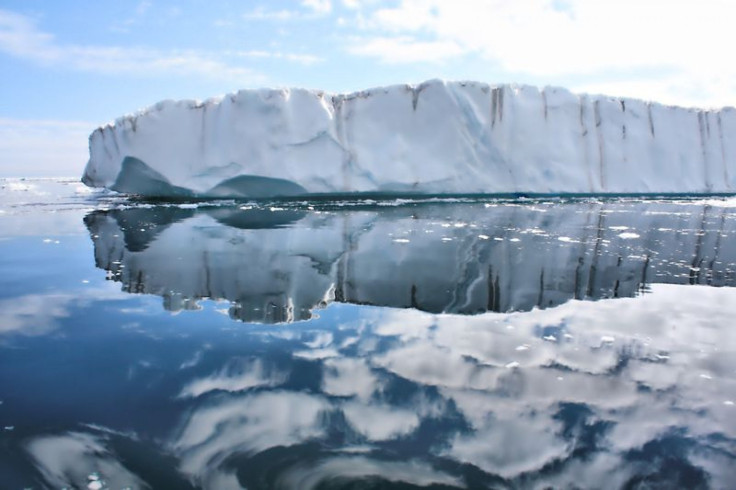Melt Water Discovered Under Greenland Ice Sheet, Reservoir Trapped ‘Like The Juice In A Snow Cone’

Scientists were blown away to find liquid water in one of the most unlikely of places. According to new analysis, a massive reservoir of melt water is trapped underneath the frozen landscape of the Greenland ice sheet, where temperatures often hover below zero degrees Fahrenheit.
Researchers from the University of Utah discovered the gigantic aquifer while drilling for core samples in 2011. During two of the four drills, when researchers hauled up the equipment, it was pouring liquid water, even though air temperatures in the area were around minus 4 degrees Fahrenheit. The water was found at a depth of 33 feet in the first drill and 82 feet in the second, according to the study published Sunday in the journal Nature Geoscience.
"This discovery was a surprise," Rick Forster, lead author and professor of geography at the University of Utah, said in a statement. "Instead of the water being stored in the air space between subsurface rock particles, the water is stored in the air space between the ice particles, like the juice in a snow cone."
The team expected to find layers of dry snow, which was the case during other drills. Also, it was early spring, so there was not yet an opportunity for surface melt to seep into the subsurface. Because of this, researchers concluded that the water remained trapped underneath the surface year-round.
Using ice-penetrating radar, scientists measured the size of the Greenland reservoir and found it covered roughly 27,000 square miles, an area about the size of Ireland. Scientists say the discovery could contribute to our understanding of global sea-level rise.
"Of the current sea level rise, the Greenland Ice Sheet is the largest contributor – and it is melting at record levels," Forster said. "So understanding the aquifer's capacity to store water from year to year is important because it fills a major gap in the overall equation of meltwater runoff and sea levels."
According to National Geographic, over the past century, the global mean sea level has risen by 4 to 8 inches. Since the early 1990s, Earth’s oceans have risen .14 inches per year -- about twice the rate as the previous 80 years.
Three factors contribute to higher sea levels. The first is thermal expansion, which occurs as water heats up; the second is melting ice caps and glaciers; and the third is ice loss from Greenland and West Antarctica.
Between 1992 and 2001, the Greenland ice sheet lost 34 billion tons of ice per year, the BBC noted. That amount increased to 215 billion tons between 2002 and 2011. The new study of Greenland’s massive aquifer suggests that a significant amount of this melt is still being stored within the Greenland ice sheet and, if allowed to escape, could contribute greatly to global sea level rise.
“Most models assume water runs off or refreezes,” Forster told Discovery News. “Is this water buffering sea-level rise? Or is it already connected and passing through and there's just a delay? Right now we don't know. It may be something in between.”
He added in a statement: "We don't know the answer to this right now. It's massive, it's a new system we haven't seen before -- we need to understand it more completely if we are to predict sea level rise."
© Copyright IBTimes 2024. All rights reserved.






















